Captain Jack is back with another shipload of knowledge as he walks us through a top-water lure that may, dare we (or he) say it, rivals the Doc. A new must-have top-water lure is here.
Transcript:
hi i'm captain jack springel recently i filmed a video with shimano highlighting the new current splash walk the current sniper splash walk video had many questions afterwards and the guys at the saltwater edge asked me to come in and kind of clarify some of the answers for them and get into a little bit more detail for you current sniper splash walk is very near and dear to me because i was fortunate to have a part in its actual development many of the lure designers from shimano japan came here to the united states and fished with me here throughout new england from connecticut rhode island and massachusetts both oceanside and backwater and what they quickly learned was we needed a lure that answered the call not only with a larger profile but had a robust obnoxious action a nice deep low pitch and gave us that nice wide glide action that produces so many large striped bass one of the first questions that was asked is what type of rod and reel would i use my personal selection is a g loomis imx pro blue this is the 844 fast action so this is a medium to heavy rod it's seven feet and it has a fast action tip the fast action tip is going to give you very quick recovery in between each twitch or each jerk that's going to allow you to control the input very specifically on that lure i like it because it's lightweight and high performance i'd match that with a reel this is a shimano twin power sw6000 i like this setup because i'm going to spool this with about 30 to 40 pound braided line and i'm going to have a matching leader in that same range it's going to give me great casting it's going to give me high performance but it's also going to allow me to not have to fight my gear i'm not going to be fighting a heavier setup working an aggressive lure like a top water like this over and over again with many casts covering ground it's a much easier setup so you want to be in about a seven foot range with a fast action tip and you're going to want to have a lightweight high performance reel something like a stella a twin power saragosa in that 5 6 000 class so you can spool it with 30 40 pound brain the next question i was asked was leader system now leader system is a very general subject you can't just answer that in one quick answer but your first two choices are going to come down to one of two options you can fish fluorocarbon or you can fish monofilament if you're fishing clear water or if you're fishing water that has a lot of jagged edges or or things that can cut your line chafe you off i do like fishing fluorocarbon fluorocarbon has the exact same refractive index as salt water so light passes through it very easily it's very difficult for fish to notice the leader and you get a little bit of a stiffer profile with the fluorocarbon but it does protect you with a little bit more abrasion resistance you have stained water like we do here in the upper bay you can get away with a simple monofilament leader i generally use something about 30 40 pound class once you get over 40 you start losing a little bit of action one of the benefits of using a monofilament leader over a fluorocarbon leader is you do it's a little bit more supple you do get a little bit more action out of the lure generally i like to have the leader length about the length of just outside my rod tip by about two inches in the casting position you do not need a significantly long leader with this because it's a very short top water action most of your leader system is dancing up out of the water it's not submerged in the water so generally fishing a lure like current sniper splash walk you don't have to worry about visibility of your lead whether you've selected fluorocarbon or monofilament there's the actual terminal system to it for me if i'm connecting this line if it's in a hurry or it's simple the fish aren't very very large a simple unity uni or a nice alberto knot is a very efficient way to attach your leader system to your main line i don't use a swivel because it puts a weighted point further up the line it can also mess up your guide if you're reeling it on and off so definitely want to use an inline style knot and to that i will take a palomar knot and attach that to one of three different terminal systems for connecting to the actual lure itself you have three possible connection systems or you can simply tie direct to the lure for tying direct to the lure i simply use a palomar knot or a powerful loop like an offshore loop or a cray loop just to give you a little bit more action but you can use something that's a little more friendly for interchangeability my personal preference is to take a solid ring like you would use for jigging this happens to be an owner solid ring six and a half to a number seven owner hyper wire split ring that's my terminal system there i use a pair of split ring pliers a pair of shimano 7-inch split ring pliers and i just open that up and attach that to the lure to connect them the next best option if you don't happen to have a pair of split ring pliers on you and you want something faster interchangeability you can go with a quick clip here like a tactical anglers clip and you just want to rate that for the line or the size fish you happen to have something in the anywhere between 30 and 60 pound class is pretty common for what i'd use i do find because you can get away with a system like we use for offshore tuna fishing where we use a barrel swivel to a split ring the heavier the weight that you influence on the front of a top water lure even if it's a large lure it can change the way you have to work the plug or the action so i generally will stay away from a swivel to split ring style connection and i do tend to try and get away with a little bit more than the lightest possible setup to connect that you want to make sure you're light that you're not influencing the front of any of your lures but you don't want to be so like that if that 60 pound or 70 pound bass does hit you're not worrying about that popping off the next question i was asked was color selection which color lures which pattern do i use i'll tell you this i've caught on all of them and i've caught striped bass and redfish on all the colors it's no different than any other lure selection you want to choose if you're going to fish an area with clear water if the fish are very selective you want to match the hatch for me this time of year the go-to color is the bunker pattern but you can also select if you're fishing up near cape cod or you happen to have a school of mackerel coming in fish are macro color very popular colors like bone are available they make a squid pattern they have a sardine pattern which you can work a little more offshore i also find that's very effective during the bunker bite and a simple herring style pattern that's going to give you a little bit of flash but nice dark back for contrast all in all all the colors are going to work very well but if you have a darker day or you have darker conditions i find it's better to trend towards darker colors it's going to contrast the sky better if you have clearer water clear conditions fish are a little leader shy try to go more natural with your colors be a little bit more match the hatch approach find those colors with flash and spots the next question was asked retrieve style is there anything i suggest this lure is very very user friendly i would describe it as many of the popular top water lures you find in the market only stickier and more variable with speed control when the orca lure first came out it confused many anglers because it liked different input so if you tried to fish it as if it were just a simple spook style lure it would confuse you with its erratic nature it was the actual erratic nature of that lure which is a little less controlling in the hands of a novice angler that made that lure such an effective lure for catching fish splash walk has come around and made a much more technical lure so the current sniper splash walk is allure that just by changing with either a high tip generally the further away the plug is i'll make a very quick retrieve to come in contact with the lure and start with a very high rod tip and it's just a one-two cadence a throw throw throw throw don't twitch it like you're fishing small mouth and backwater you want to throw some input on this lure and watch and read the lure with your tackle while you slowly compensate with the line so it's throw throw throw throw throw throw you'll get that two-part cadence to it as the lure gets closer to the boat you'll notice it takes or to the shore you'll notice it takes less input to impart that same amount of action so don't overwork the lure so you'll work it a little harder as it's further away and as it gets closer to you either from shore or at the boat you'll actually bring your rod down to the side and start working it slower you can experiment with the speed you can experiment with the number of cadences but from the years i've spent on the water throwing the striped bass i love a two-part glide two-part glide two-part glide if you find the fish are pushing bait in shallow water and there's blue fish on them and the bait's just really cruising and you don't have that time to sit there and wait for that impulse strike in between the two twitches just a steady cadence of walking not not different than any of the other popular spook lures will also get it bit what makes splash walk a little more unique compared to other lures is that you can almost fish it in place with a constant cadence so as long as you're making small corrections on the rod and taking up the line you can walk splash walk almost perfectly still and that's going to give you a big advantage over some of the other more popular muskie style baits that are on the market because you can keep it in the strike zone and stripe bass i mean they have notoriously good eyesight terrible depth perception and that's why many of the times you're getting hit by a bass it's more like a linebacker smashed it then it comes back around and takes it and actually gets the plug and half of those times you're getting them outside the face you will notice with splash walk compared to some of the other spooks on the market you're going to hook them in the mouth more because you can keep that lure with action slow in the strike zone another small tip i'll give you to work in this plug is start off with a regular cadence kinda quicker walk walk walk walk walk walk if you get hit by the fish slow it down as if you were injured many of the clients i've seen on the water tend to speed it up out of like anxious anticipation act injured if the fish hit you so walk walk walk walk if the fish smashes you quiver it drag it a little bit slower walk walk walk walk if the fish seems disinterested go right back to that cadence of a rapid speed again and then repeat if it hits it again get injured it's a very versatile lure it has a nice low pitch i get asked the question a lot low pitch versus high pitch every time my answer is always low pitch that low pitch just does something to those large chambers inside the striper's head it stimulates their lateral line it's a very effective lure if you haven't had the chance to fish one yet and you're a top water enthusiast this is definitely a plug you want to come down and take a look here at the edge and add one to your arsenal the last question i was asked was very specific in products i was asked why would i select fishing allure like splash walk over some of the popular auroras like jump in minnows zara spooks and the popular dock lure that's out here first off you notice profile differences right out of the gate so if you're a person who likes the fish smaller lures uh spooks if you got smaller fish in back water one advantage of going to a lure like one of the larger two spooks is a larger profile it's going to produce good size fish but it'll also produce smaller fish so when i'm matching a larger bait source i'm going to have a bigger advantage going with a larger top water lower the larger profile that's with eliminate these two now what would make me choose fishing splash wall current sniper over a lure like the dock both very effective lures at what they do doc has an iconic history very effective lure you're never not going to catch fish on it having guided for years on the water the biggest difference i notice is a novice angler can fish a splash walk with much more ease than they can fish a lure like the dock the dock is either fished correctly or incorrectly very effective lure to use the splash walk you got a lot more leeway because this lure is weighted perfectly in the water it's designed just with one twitch to give you a nice glide and it's very quickly for the customer to be able to compensate and adjust to this lure the other nice feature that you're going to notice with this lure is it comes in a few bucks cheaper and you've got a nice kiorin finish on there lifelike eyes through wire construction heavy duty hook systems you don't have to change anything on this plug so difference for me it's an easier allure to fish i like the consistency of the low pitch rattle on this plug it always rattles it doesn't lose his knock to it at all and it's got a beautiful finish on it it's a sharp plug to add to the collection so again that's my wrap up of splash walk and any of those questions that were already posted uh thanks for watching if you do have any more questions post down in the comments below ask the guys here at the edge and i'd be happy to come back and clarify any more you have




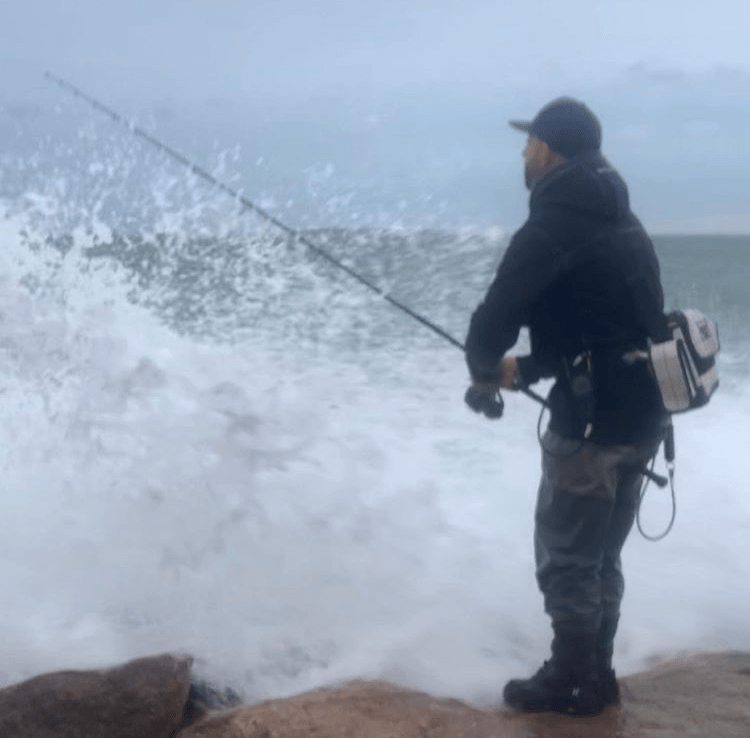

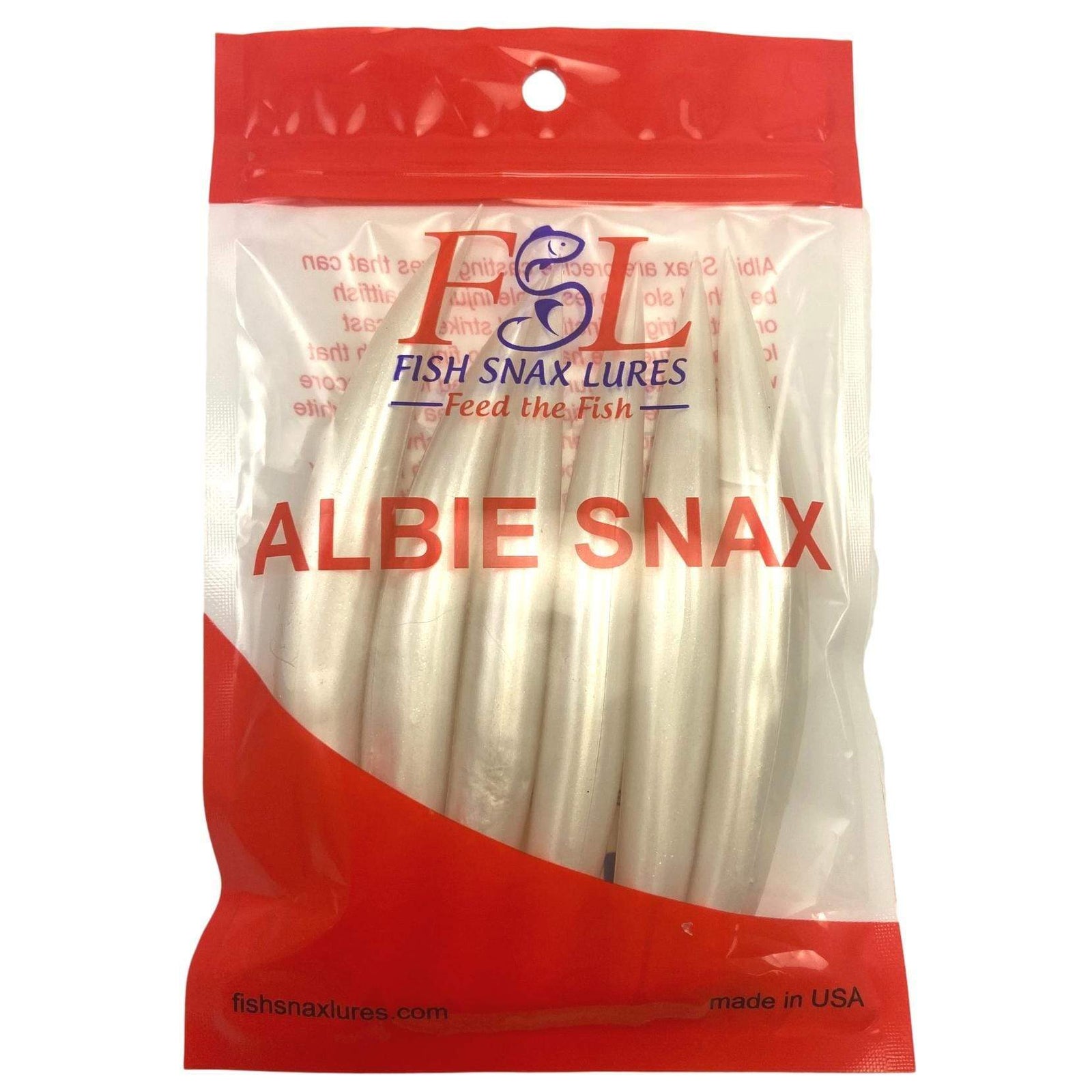

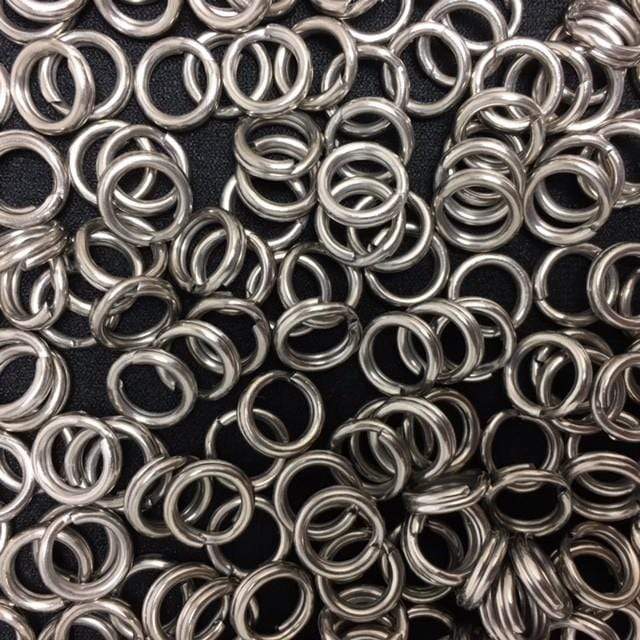
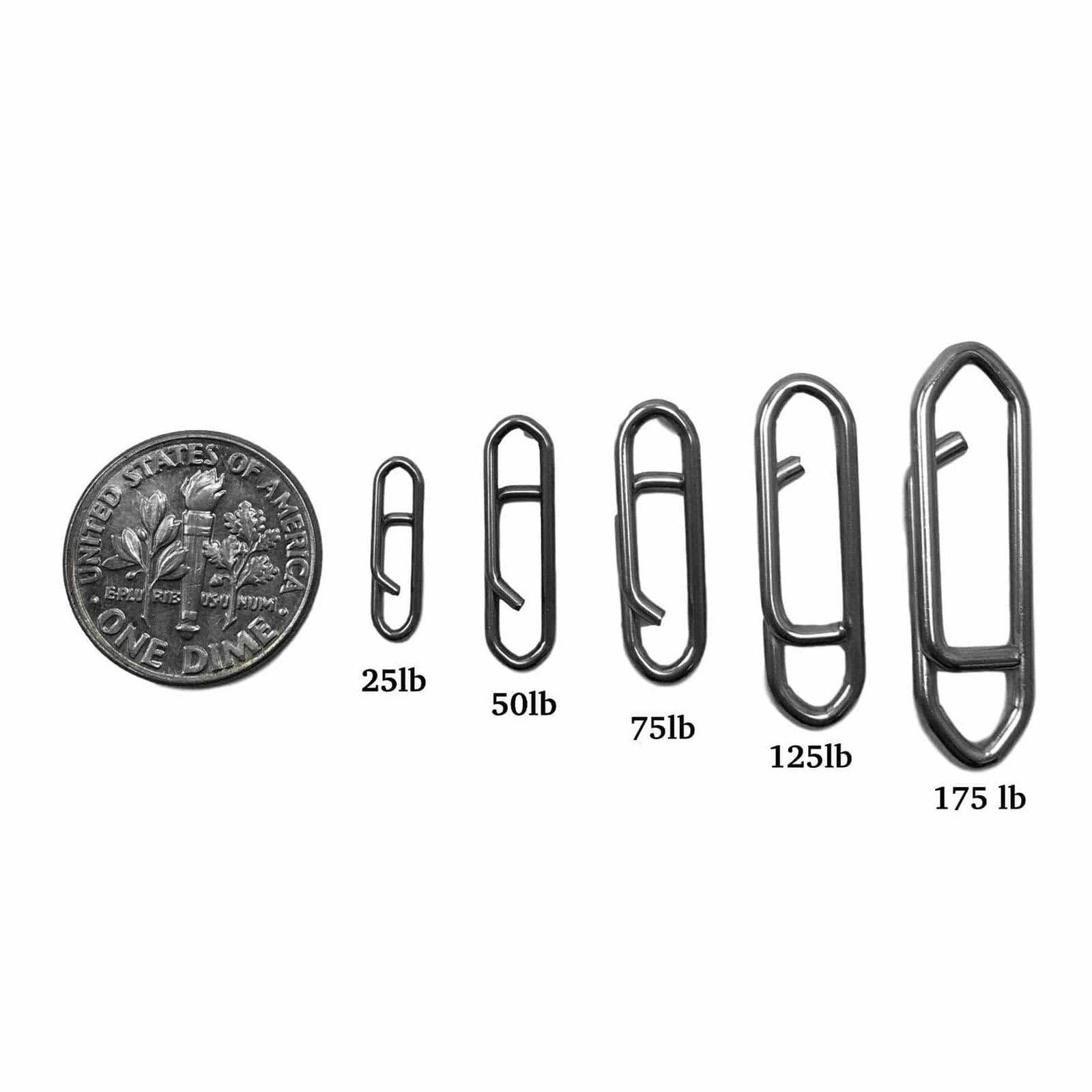

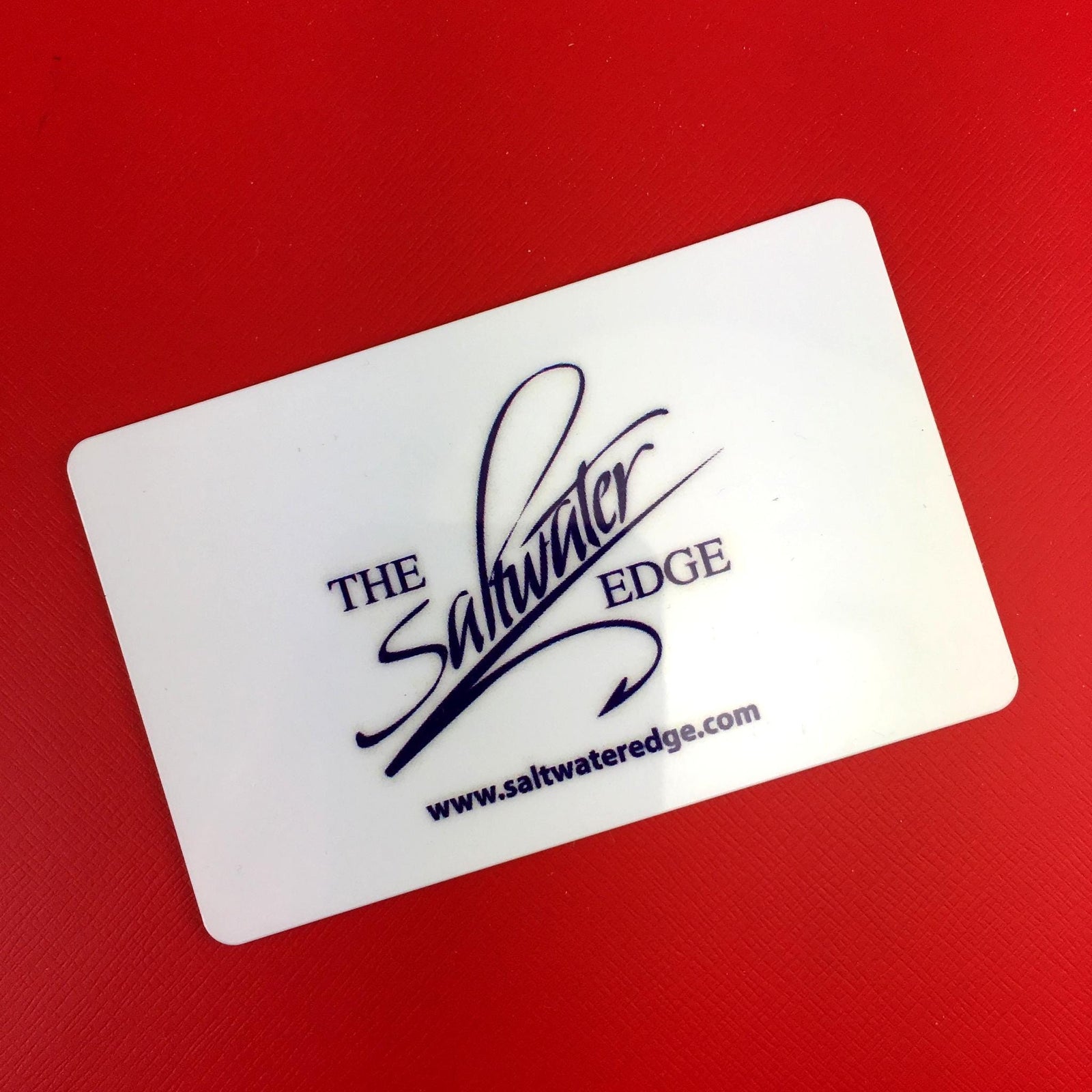
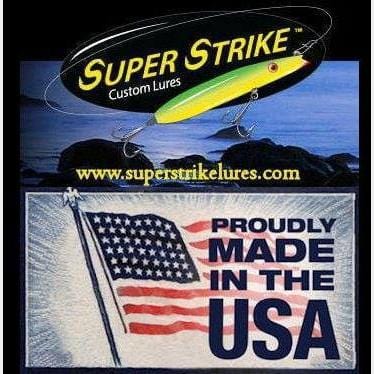

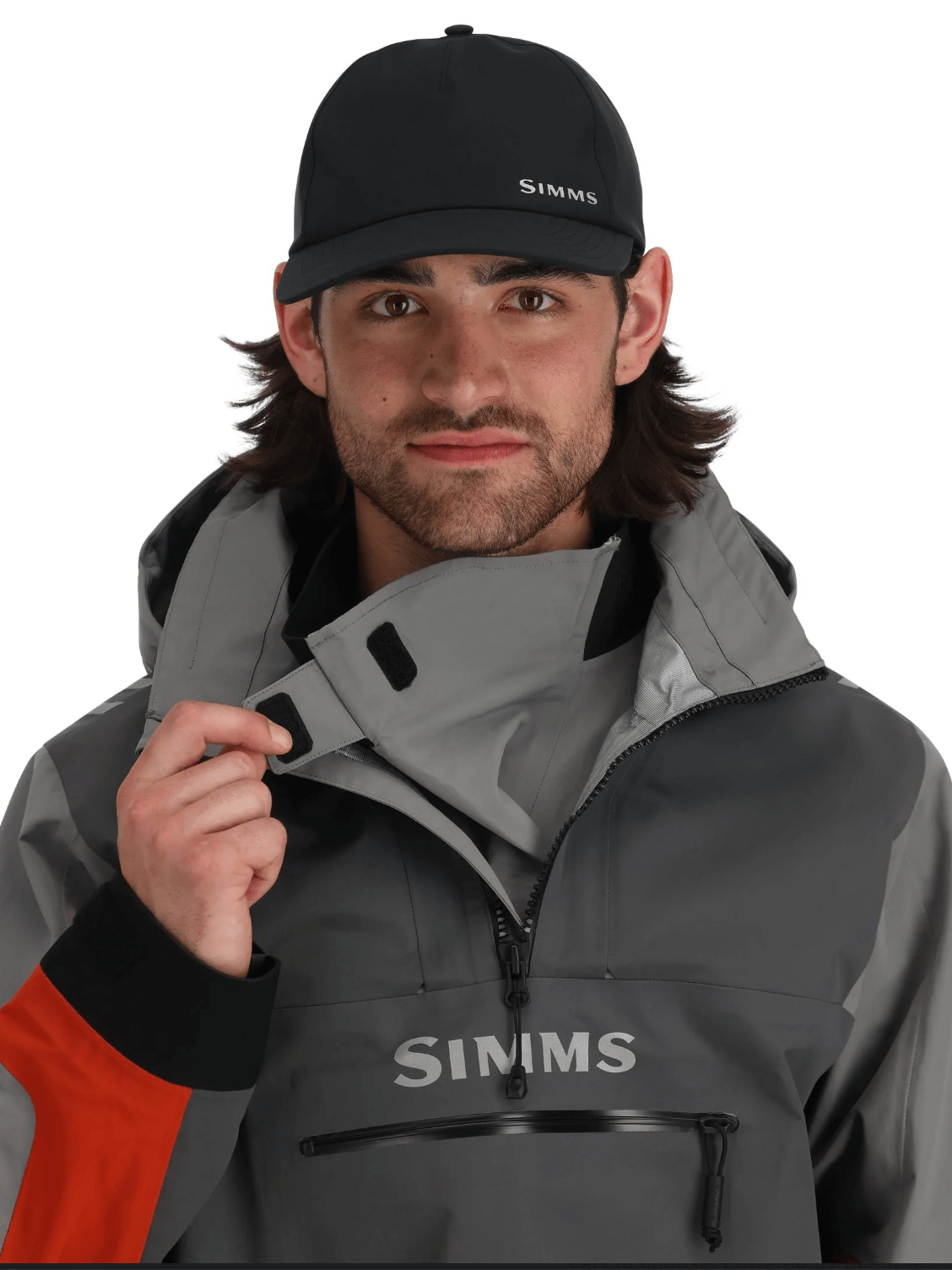

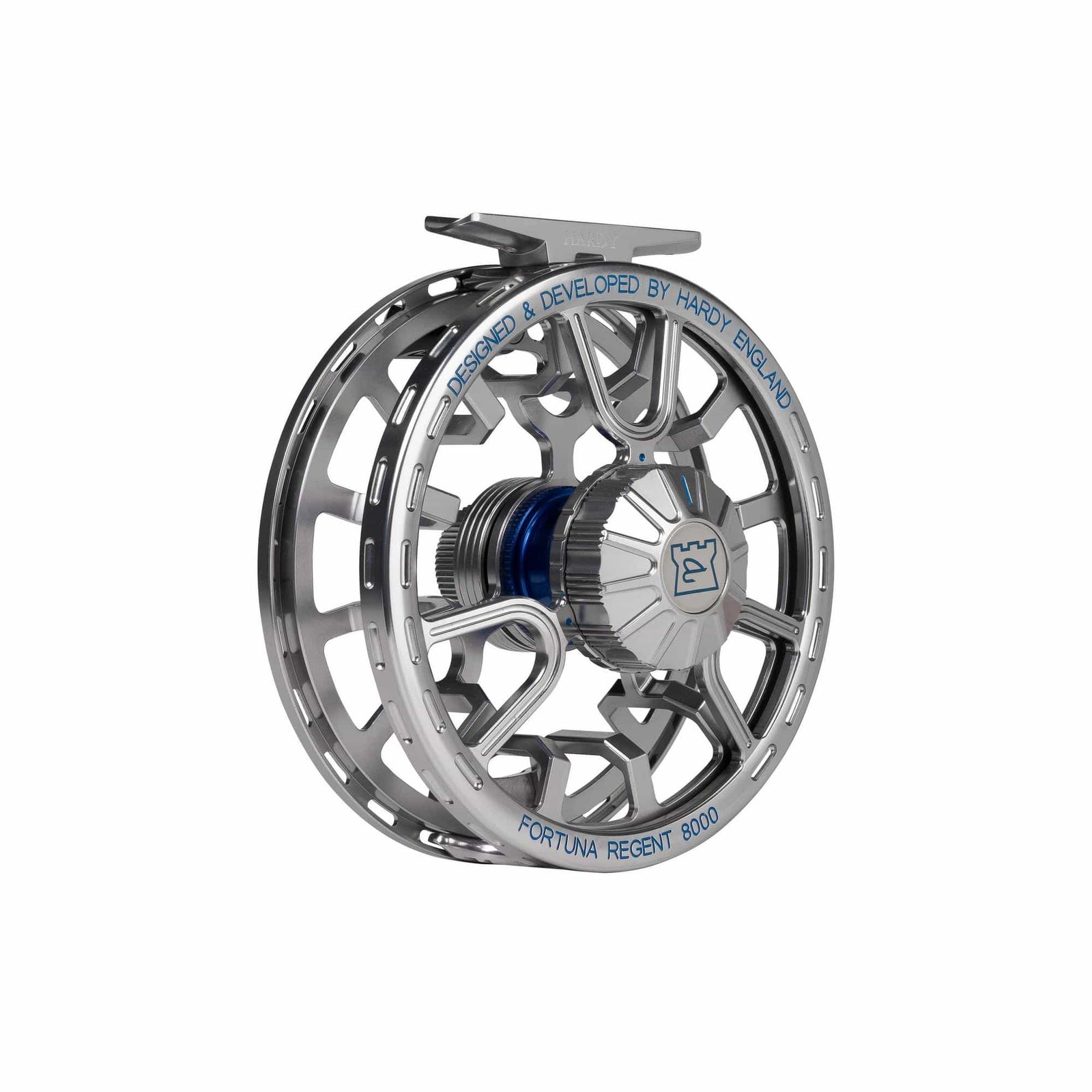
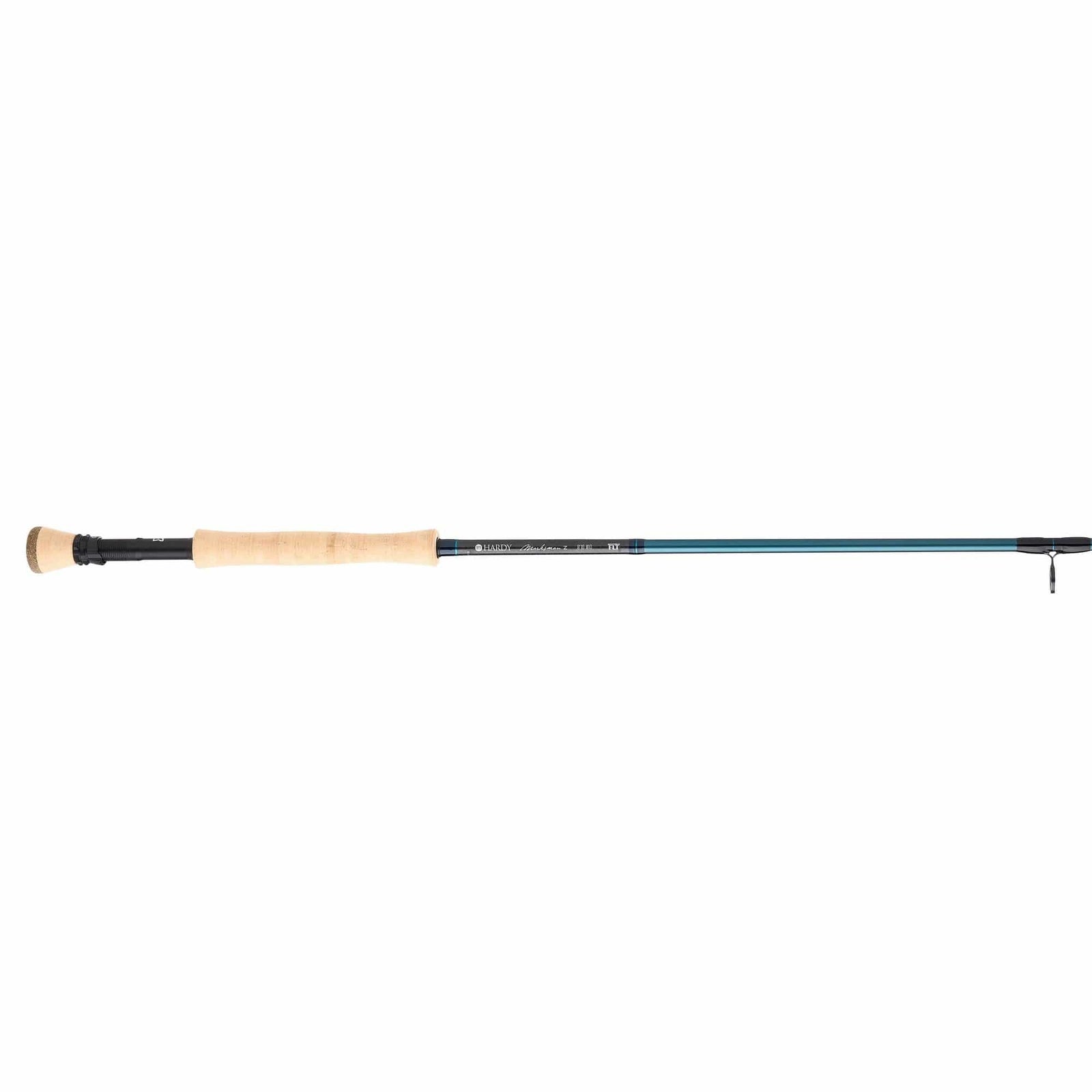

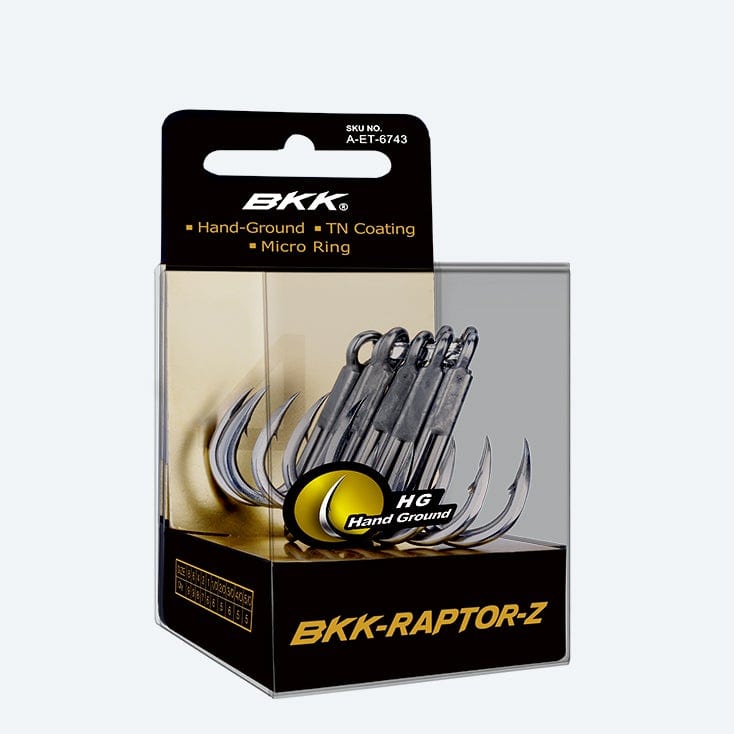
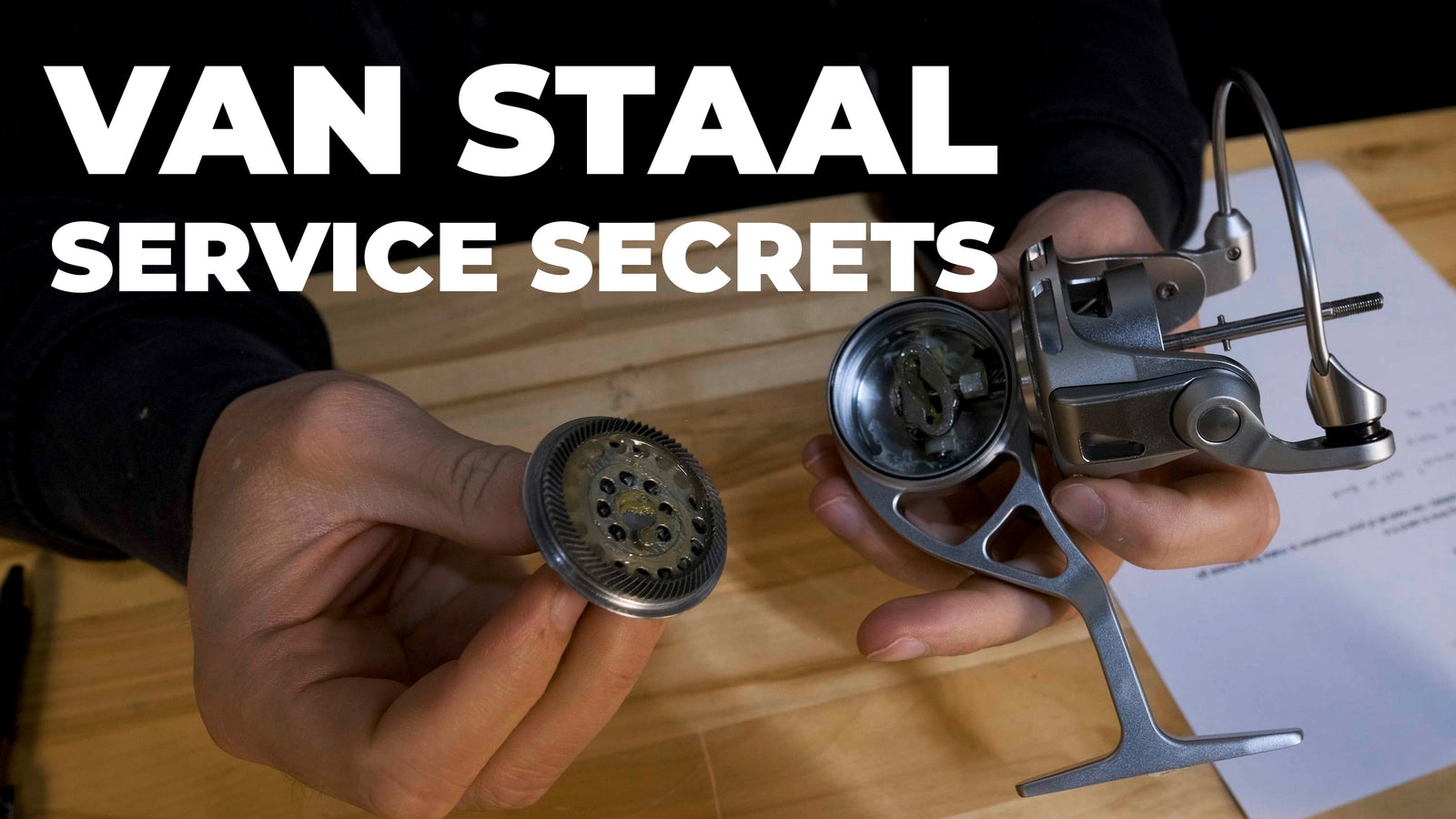


Leave a comment (all fields required)